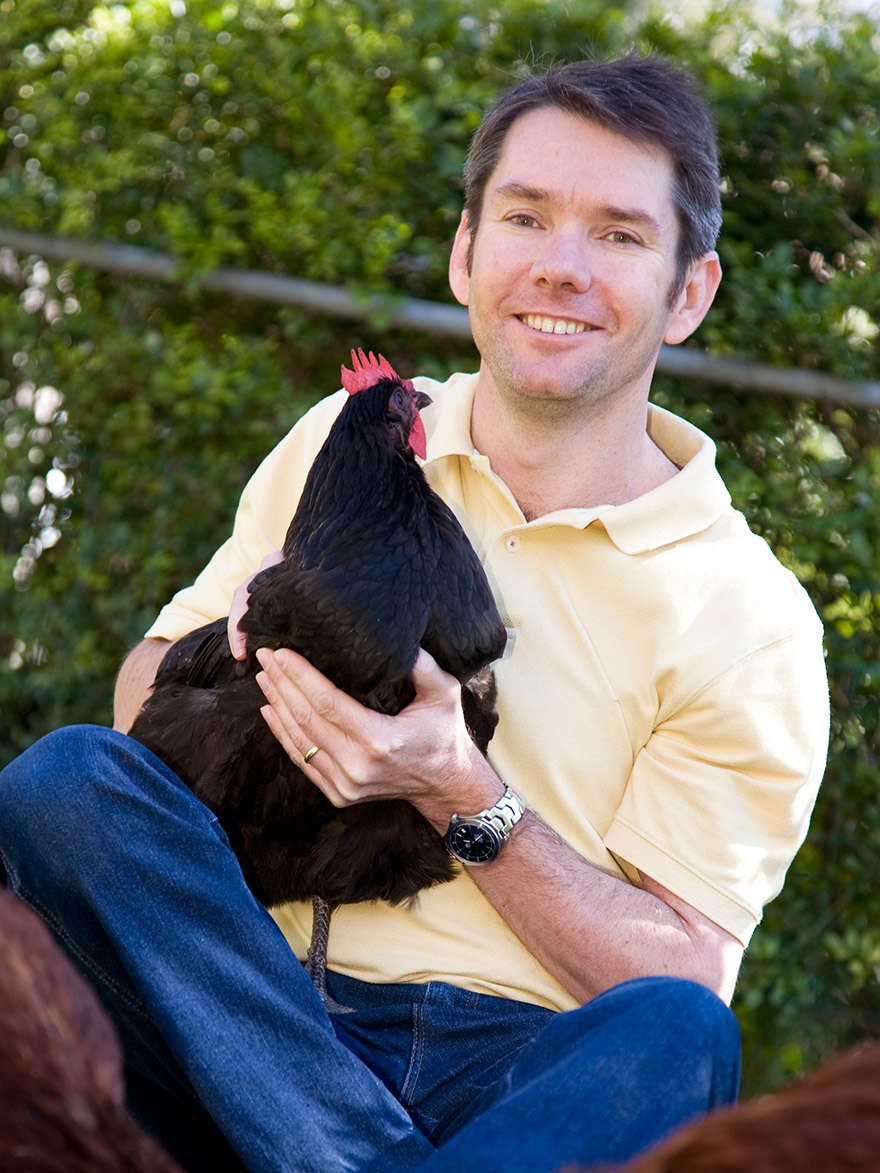Sean Ulm

Sean Ulm is Distinguished Professor of Archaeology at James Cook University and Deputy Director of the ARC Centre of Excellence for Australian Biodiversity and Heritage. He is a Fellow of the Australian Academy of the Humanities, a Fellow of the Society of Antiquaries of London, an Honorary Research Fellow of the Queensland Museum and a Fellow of the Cairns Institute. Sean’s research focuses on persistent problems in the archaeology of northern Australia and the western Pacific where understanding the relationships between environmental change and cultural change using advanced studies of archaeological and palaeoenvironmental sequences are central to constructions of the human past. His priority has been to develop new tools to investigate and articulate co-variability and co-development of human and natural systems. His work has been funded by the Australian Research Council, Australian Institute of Nuclear Sciences and Engineering, Australian Institute of Aboriginal and Torres Strait Islander Studies, Australian Learning and Teaching Council and French Centre National de la Recherche Scientifique. His publications include more than 100 articles on the archaeology of Australia and 5 books. Sean has conducted research in Australia, Europe, Honduras, Chile, Papua New Guinea and the Pacific. He is a former President of the Australian Archaeological Association Inc., is Editor of Australian Archaeology and Queensland Archaeological Research, and sits on the editorial boards of The Journal of Island and Coastal Archaeology and Proceedings of the Prehistoric Society.




